The Covid-19 pandemic has forced millions of children across the world out of the normal school environment as countries try to implement measures to curb the transmission of the novel virus.
More than 160 countries across the world have to date implemented some form of school closure. If not properly handled these closures could result in millions of children across the African continent not being able to continue with their learning post the Covid-19 pandemic.
An Oxfam report released earlier this month paints a very glim picture of the future of education globally. According to the report the education sector has always been in a crisis before Covid-19.
“Even before the COVID-19 pandemic, the world was living a learning crisis. Before the pandemic, 258 million children and youth of primary- and secondary-school age were out of school, “reads the summary of the report.
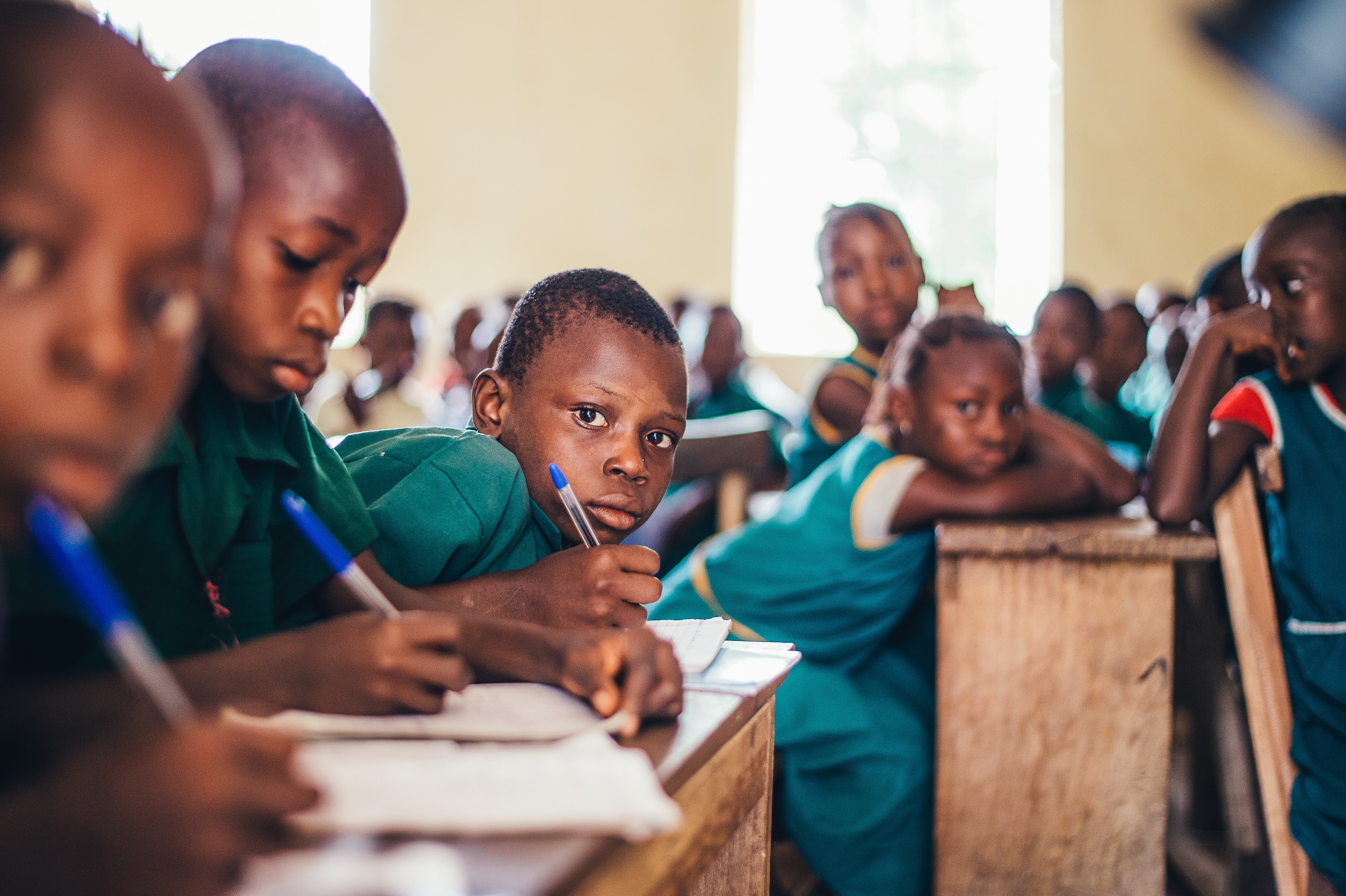
Photo Credit: Annie Spratt
The United Nations Educational, Scientific and Cultural Organization (UNESCO) has also in the past noted with concern the slow progress in closing the glaring gaps on access to education. While Sustainable Development Goal (SDG) number 4 calls for quality education and the promise of universal primary and secondary education the sad reality is that less than 40% of girls in sub-Saharan Africa complete lower secondary; and fewer than 90 girls in Africa are enrolled for every 100 boys, at lower secondary school level, dropping to 85% at upper secondary.
It is against this gloomy background that the recent digital revolution in the education sector prompted by Covid-19 need to be received with much caution as it does not fully respond to the challenges and needs of children in the most marginalised communities. Most of them live in communities with no electricity, access to computers and the internet.
While digital technology has enabled online teaching to a considerable number of children across the continent it should be noted that this approach has left millions of children from poor communities cut off from the education system, further deepening the existing inequality gaps.
In many countries there is a higher dropout rate for girls than boys due to early marriages and the high rate of teenage pregnancy in the region, with roughly one third of all young women becoming pregnant by the age of sixteen. Africa makes up the majority of the out of school children of whom the majority are girls[1].
As such it is very key that as countries plan for reopening schools they focus on the most marginalised communities to prevent further dropouts and accelerate progress on strengthening school systems to respond to the needs of all school children so as to realise the vision of Agenda 2030 of not leaving anyone behind.
Through the Child Rights Programme, the Graça Machel Trusts’ Mara Out-of-School Children Project in Tanzania has worked in partnership with Educate A Child, the Mara Alliance and the Mara Regional Government, to implement a Complementary Basic Education programme that has reached close to 20,000 out-of-school children through a multi-dimensional response to education, which includes competencies in literacy, numeracy life skills and income generation. Read more
[1] Global Fund for women, 2017



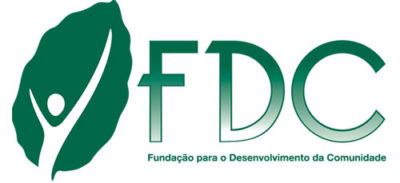

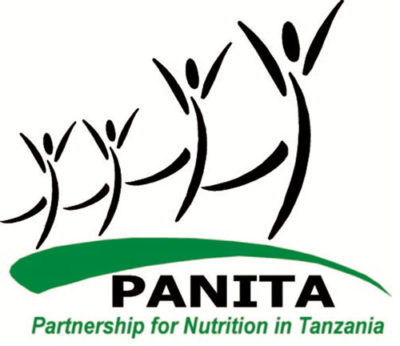

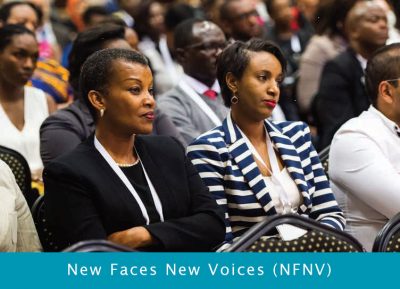
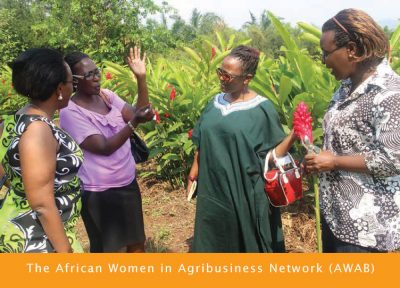
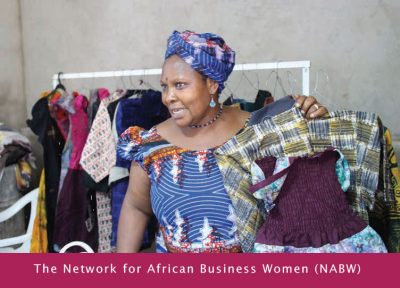
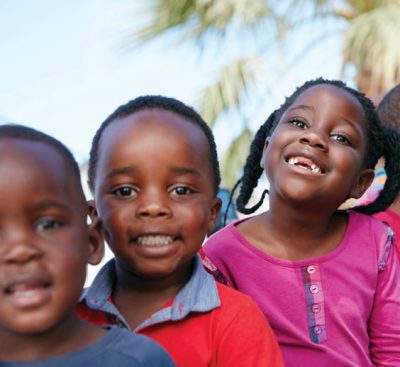 The Trust supports and mobilises civil society networks on issues of ending child marriage, ending violence against children, ending female genital mutilation and promoting children’s rights, to carry out advocacy and action across Africa. Special focus is placed on Malawi, Mozambique, Tanzania and Zambia where child marriage continues to be a problem largely driven by poverty, gender inequality, harmful traditional practices, conflict, low levels of literacy, limited opportunities for girls and weak or non-existent protective and preventive legal frameworks.
The Trust supports and mobilises civil society networks on issues of ending child marriage, ending violence against children, ending female genital mutilation and promoting children’s rights, to carry out advocacy and action across Africa. Special focus is placed on Malawi, Mozambique, Tanzania and Zambia where child marriage continues to be a problem largely driven by poverty, gender inequality, harmful traditional practices, conflict, low levels of literacy, limited opportunities for girls and weak or non-existent protective and preventive legal frameworks.




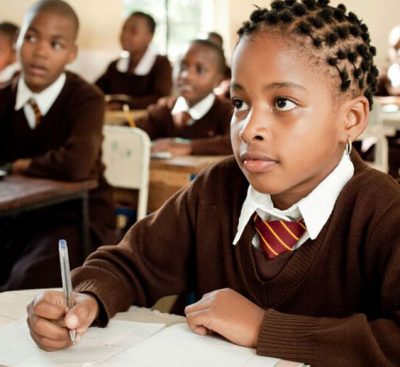 Education is a fundamental right for all children, which is also a vehicle for social, economic and political transformation in communities, countries and the African continent at large. Recent studies indicate a lack of progress in some of the critical commitments aimed at improving education quality, access, retention and achievement, particularly for girls. In most African countries, girls may face barriers to learning, especially when they reach post-primary levels of education. By implementing multi-dimensional approaches to education which includes core education, personal development, life skills and economic competencies, the Trust partners with funding partners, governments, civil societies and the private sector to improve education access.
Education is a fundamental right for all children, which is also a vehicle for social, economic and political transformation in communities, countries and the African continent at large. Recent studies indicate a lack of progress in some of the critical commitments aimed at improving education quality, access, retention and achievement, particularly for girls. In most African countries, girls may face barriers to learning, especially when they reach post-primary levels of education. By implementing multi-dimensional approaches to education which includes core education, personal development, life skills and economic competencies, the Trust partners with funding partners, governments, civil societies and the private sector to improve education access.

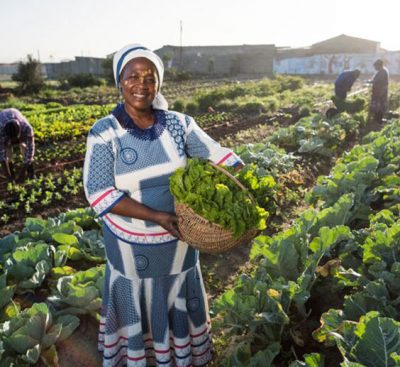 The Nutrition and Reproductive, Maternal, New-born, Child and Adolescent Health and Nutrition, (RMNCAH+N) of the Children’s Rights and Development Programme aims at promoting the Global Strategy for women, children and adolescents’ health within the Sustainable Development Goals (SDG) agenda. The strategy emphasises on the importance of effective country leadership as a common factor across countries making progress in improving the health of women, children and adolescents.
The Nutrition and Reproductive, Maternal, New-born, Child and Adolescent Health and Nutrition, (RMNCAH+N) of the Children’s Rights and Development Programme aims at promoting the Global Strategy for women, children and adolescents’ health within the Sustainable Development Goals (SDG) agenda. The strategy emphasises on the importance of effective country leadership as a common factor across countries making progress in improving the health of women, children and adolescents.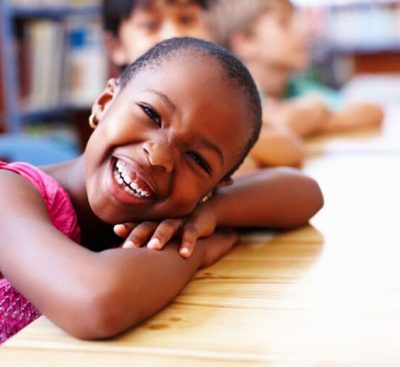 Through its Early Childhood Development (ECD) plan, The Trust will seek to put into action the new science and evidence Report that was presented by Lancet Series on Good and early development – the right of every child. This will be achieved by mobilising like-minded partners to contribute in the new science and evidence to reach all young children with ECD. The Trust’s goal is to be a catalyst for doing things differently, in particular, to rid fragmentation and lack of coordination across ECD sectors. In response to evidence showing the importance of political will in turning the tide against the current poor access and quality of ECD. Even before conception, starting with a mother’s health and social economic conditions, the early years of a child’s life form a fundamental foundation that determines whether a child will survive and thrive optimally.
Through its Early Childhood Development (ECD) plan, The Trust will seek to put into action the new science and evidence Report that was presented by Lancet Series on Good and early development – the right of every child. This will be achieved by mobilising like-minded partners to contribute in the new science and evidence to reach all young children with ECD. The Trust’s goal is to be a catalyst for doing things differently, in particular, to rid fragmentation and lack of coordination across ECD sectors. In response to evidence showing the importance of political will in turning the tide against the current poor access and quality of ECD. Even before conception, starting with a mother’s health and social economic conditions, the early years of a child’s life form a fundamental foundation that determines whether a child will survive and thrive optimally.